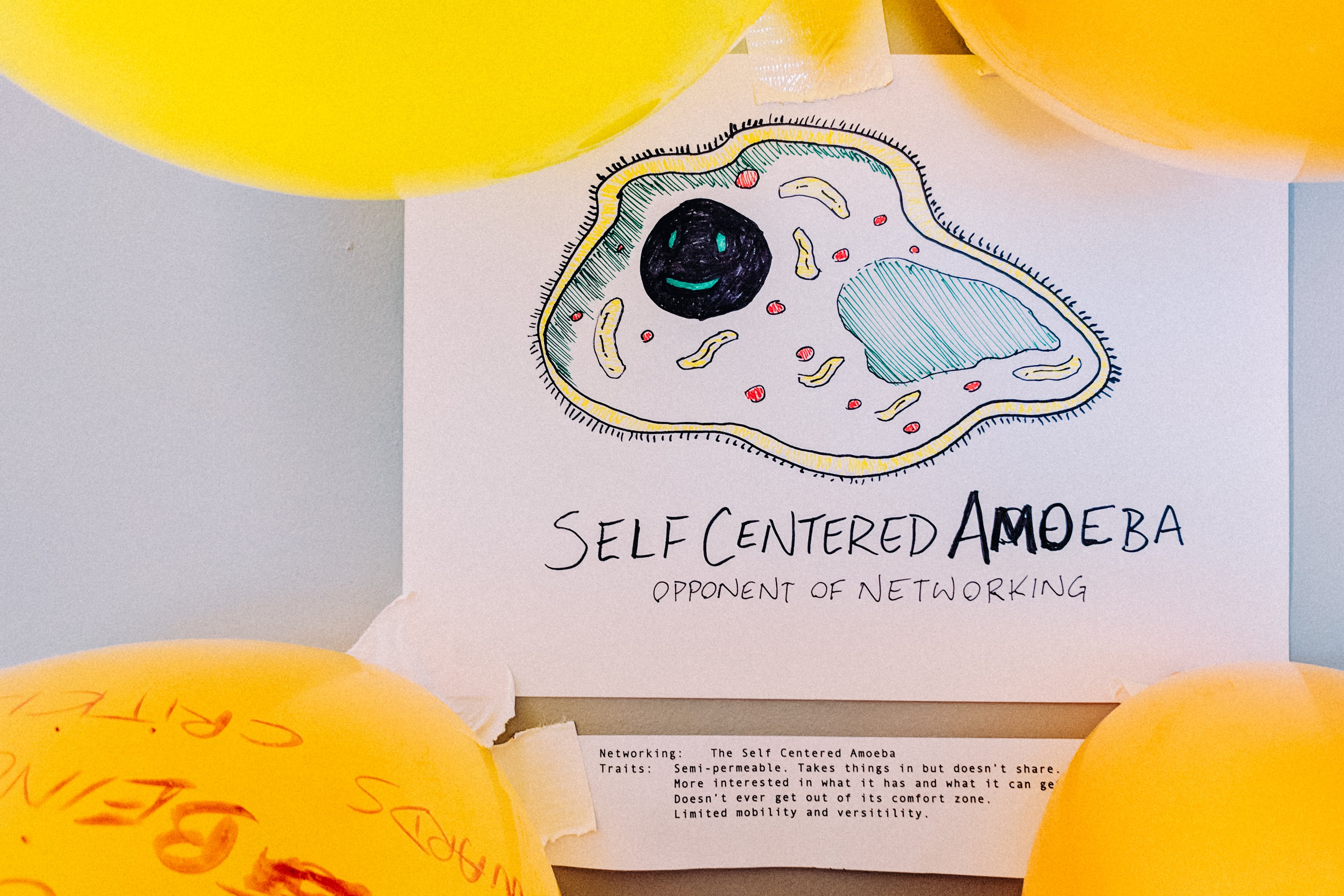Written by Bozhanka Vitanova.
A couple of months ago, Bozhanka Vitanova put together an experiment to delve into Entrepreneurial Muscle Memory (EMM), an individual’s database of stored experiences representing instances of successfully completed challenges associated with core entrepreneurial traits. Bringing together 20 people under one roof in Boston, they used their EMM framework to guide activities with 2 main objectives: help projects gain traction in 48 hours (3 months work in just 2 days) and help complete a personal challenge based on the participants' weakest entrepreneurial links. Here are her key takeaways.
1. Find your entrepreneurial muscle.
The act of successfully completing challenges can build an entrepreneurial “muscle” and generate the confidence of an individual to overcome challenges. I realised this while doing research for a study on a Fulbright program where I interviewed famous social entrepreneurs in the United States.
I was trying to find the skills that made them better in their careers and how they have developed those skills. Many referred to their formative experiences, between the ages of 10-14 when they managed to practise that crucial skill. They had a blank slate to work with and an intense experience. For example, one female entrepreneur desperately wanted dance classes as a girl but her parents couldn't pay - so she started babysitting and spent her own money on the classes. She was able to draw on this entrepreneurial spirit in later life. That was how I started formulating this concept of an entrepreneurial muscle memory (EMM), as an individual’s database of stored experiences. I realised that that a muscle memory might work in a similar way to the way you might train for a sport.

2. The entrepreneurial muscle could be a muscle you never knew you had.
Something I really wanted to understand was whether attitudes were already formed or whether it would be possible to help adults to find and develop their entrepreneurial muscle memory. I did an experiment in Shanghai in October last year and gathered data to see what kind of conditions should be put in place to recreate this blank slate and intense experience that some entrepreneurs had benefited from in their formative years. My instinct was that people can achieve a lot in a short space of time and overcome obstacles which they didn’t think possible.

3. Building muscle demands some sort of gymnasium.
That was what I, together with Johan Bjurman Bergman, were trying to create when we gathered people together last month for the first EMM Experiment. For 48 hours, we took over a three-storey house close to the airport in Boston and dedicated the weekend to building entrepreneurial muscle. We even had meals linked to the experience, serving food like the “Miracle Berry” to provide energy.
4. Put together a group of willing entrepreneurial muscle builders.
We collated a team of 20, including people from One Young World, the Boston Hub of Global Shapers and the Circle of Young Intrapreneurs. They had a wide mix of skills and abilities.

5. Set your goals.
We had two main objectives; getting projects going while also working on overcoming an entrepreneurial weakness. Prior to joining the EMM weekend, we used the entrepreneurial muscle framework to conduct an assessment of participants’ attitudes, behaviours and skills and identify their strengths and least developed areas. We aimed to address five key areas that underly EMM: problem solving, communication, networking, awareness and resourcefulness. (The other two key areas are resilience and agency.)
6. Make this workout fun by introducing a gaming component.
We grouped people into teams of three and four for each of those weaknesses. We created “enemies” for them to fight, representing communication, for example, or awareness. They had to come up with a strategy to defeat that enemy by performing a challenge that might not seem feasible in just 48 hours. If they achieved the challenge they could could pop a balloon as a symbolic defeat of the “enemy”. For example, if networking was the enemy, we might send a reluctant networker somewhere, tell them to speak to people and get them on board with a project. Initially they would be hesitant and try and send an email or say ‘It’s Saturday’, but we had to get them to go beyond their excuses. We had to get people to detach themselves, so they were just doing this for the weekend. It’s at the basis of this theory that you can create detachment and complete a challenge and that’s enough to start building muscle memory.

7. Create entrepreneurial projects.
We identified a series of project challenges for our entrepreneurs. Some worked on a fundraising event to provide food for the homeless, others set up a pro bono legal clinic for startups, and others focused on promoting Boston as a leader for innovation, or on building links between Boston and its Chinese sister city of Hangzhou through innovation forums. A final project was based on mentoring kids at risk in Boston.

8. Action means more than words.
We just tried to make our entrepreneurs go to a point of no return where they gained enough traction with their projects so that the initiative was bound to continue beyond the weekend. A common problem of events like this is that people come up with cool ideas but find it difficult to continue them once everyone returns to “real life”. We tried to get participants to get firm commitments from people and schedule conversations with potential stakeholders and customers. One came up with a project video and designed a brand and logo inside 48 hours. All the projects managed to complete some concrete steps which meant the project had already moved from the idea stage to something that is already being actioned.
9. It works!
At the end of the weekend, we had four projects launched with firm commitments to ensure their further development. Additionally, participants added to their EMM database of successfully completed challenges, flexing their most underdeveloped muscle.
A participant who believed that entrepreneurship was going to be something he would get into much later in life, got to experience accomplishing an objective in a situation with plenty of uncertainty. He witnessed an environment where you get started and figure a lot out on the go, giving him the confidence to move beyond just playing with ideas.
Throughout an EMM weekend, individuals store data points representing instances of successfully completed challenges associated with core entrepreneurial traits. Those neural data points can later be retrieved during the entrepreneurial journey, serving as a reminder of an inherent ability demonstrated through past accomplishment.
Entrepreneurship can be learned but not by sitting in a classroom. It needs to be developed by exercising your entrepreneurial muscle memory, actively completing challenges which allow you to understand what you are capable of. This type of entrepreneurial training has the potential to set you up for success independent of external circumstances.

Bozhanka and Johan.







